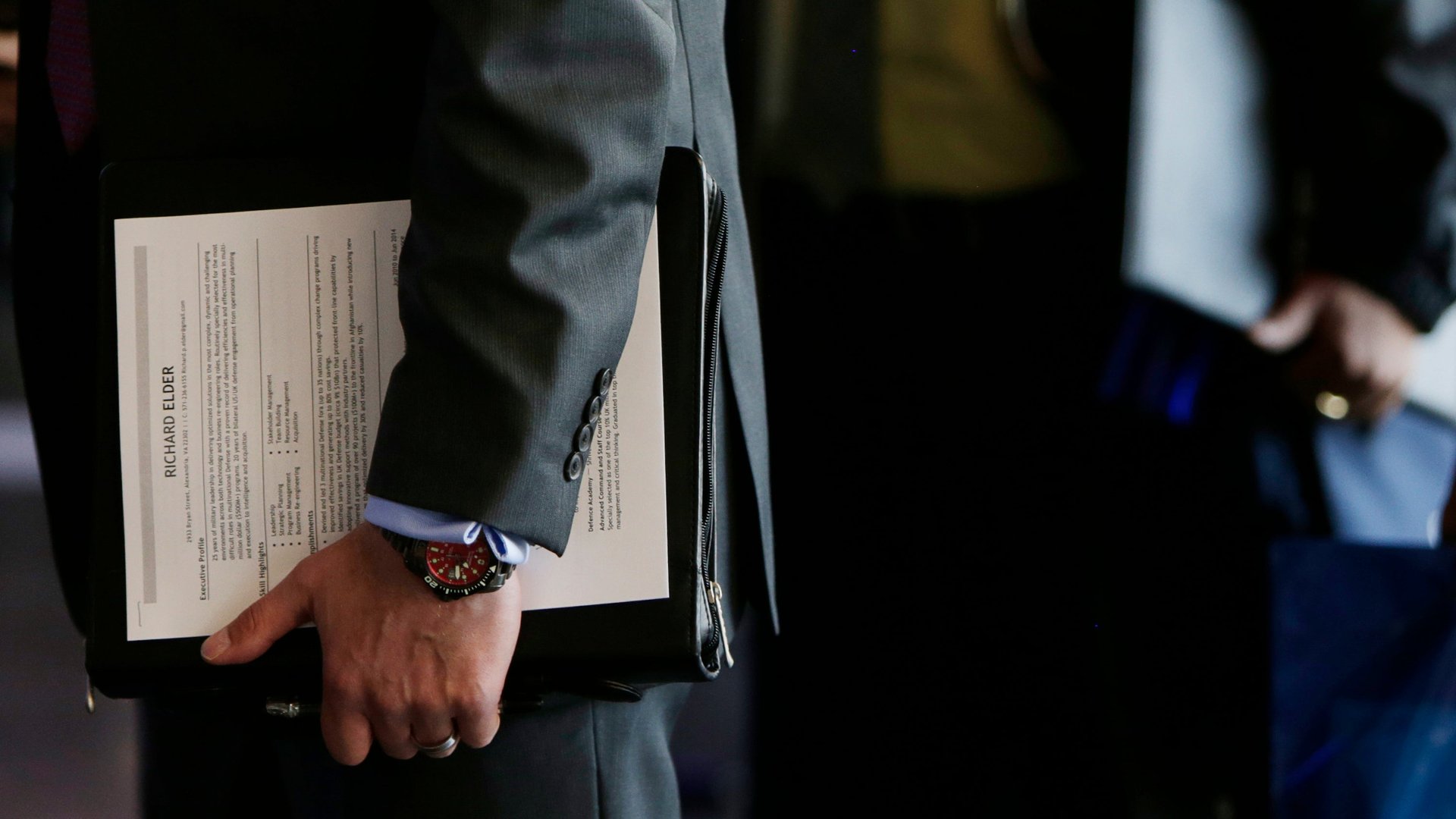Covid explains the mystery of a hot US labor market in rocky economic times
A new paper estimates that covid has prompted an estimated 500,000 people to drop out of the workforce.

The US economy is uniquely confusing right now. On one hand, gross domestic product fell for two consecutive quarters this year—a technical indicator of a recession. The Federal Reserve is raising interest rates in an effort to combat inflation, and companies from Snap and Netflix to Goldman Sachs are steeling for a possible downturn with mass layoffs.
That all sounds bleak. But at the same time, the US labor market remains so strong that there are nearly two job openings per unemployed American. If the economic outlook is grim, why are so many businesses still hiring?
Untangling this apparent contradiction is a complicated endeavor. But a new working paper posted by the National Bureau of Economic Research posits a partial explanation for the low US unemployment rate: Covid has prompted an estimated 500,000 people to drop out of the workforce.
The link between covid and labor shortages
The paper, which has not yet been peer reviewed, analyzed data from the monthly Current Population Survey (CPS). It estimates that people who missed one week of work because of covid were 7% less likely to be in the workforce one year later, compared to their peers who didn’t get sick.
Why is covid linked to lower workforce participation? People ages 65 and up are more likely to leave the workforce after contracting covid compared to younger people, according to authors Gopi Shah Goda, deputy director and senior fellow at the Stanford Institute for Economic Policy Research, and Evan J. Soltas, an economics PhD student at the Massachusetts Institute of Technology. In other words, covid pushes retirement-age people to leave their jobs when they might otherwise not.
The paper doesn’t delve into the part that long covid may play in reduced workforce participation, since the CPS survey doesn’t specifically ask about persistent covid-related health issues. But other research has also linked long covid with people dropping out of the workforce.
A global study published in The Lancet in 2021, for example, found that among people who worked before getting covid, 23% of people with long covid were no longer working—whether because they were on leave or because they’d been fired or quit. Meanwhile, Census Bureau data from June and July of this year suggest that around 8% (16 million) of working-age Americans currently have long covid. According to calculations from the left-leaning think tank Brookings Institution, as many as four million Americans (about 2% of the US working-age population) may be out of the labor force because of long covid.
In addition, more than 1 million Americans have died from covid since the onset of the pandemic, which has prompted some to speculate that that may explain the unusually high number of job openings in the post-pandemic era. But of those who died, 75% were age 65 or older and 52% were age 75 or older, according to data from the Centers for Disease Control and Prevention. Since many people in this group had likely already retired, economists think their deaths are probably not a major contributor to the labor shortage. But that doesn’t make the loss of those lives any less of a tragedy.